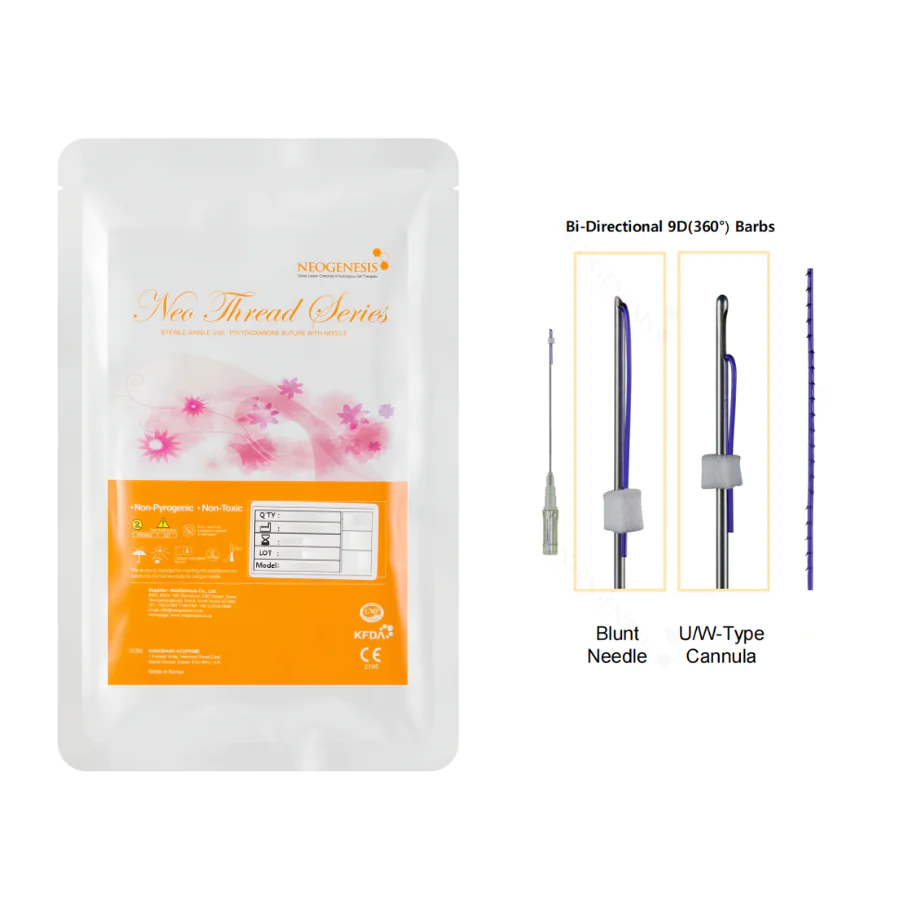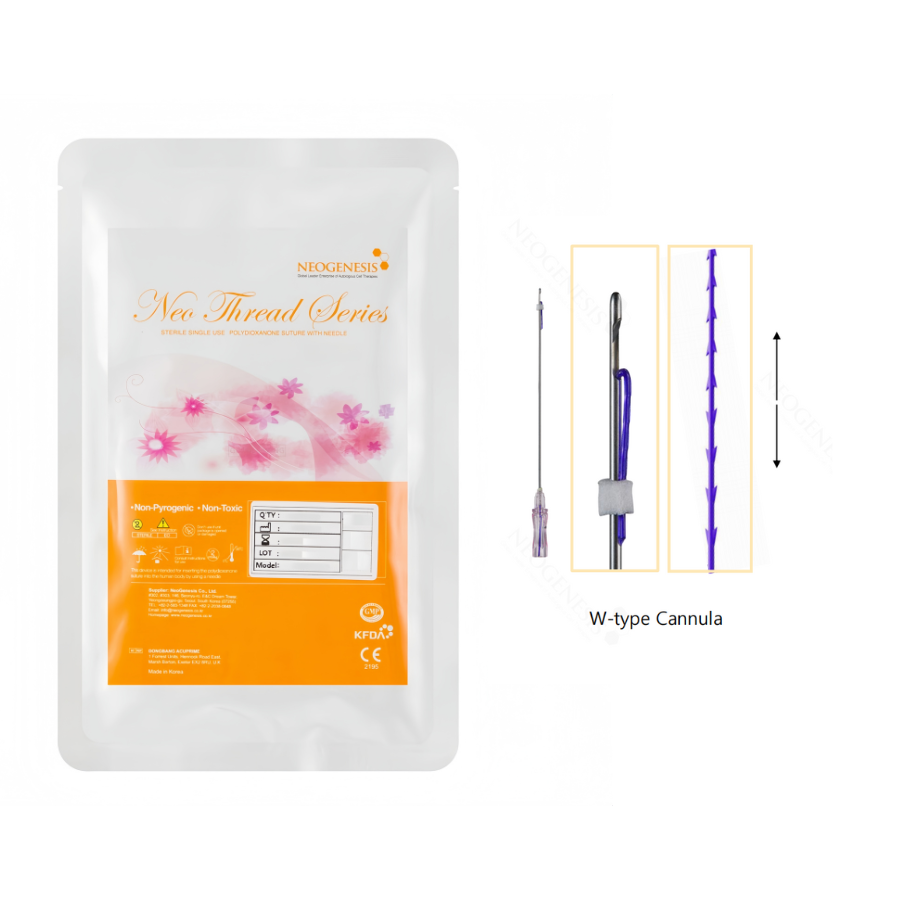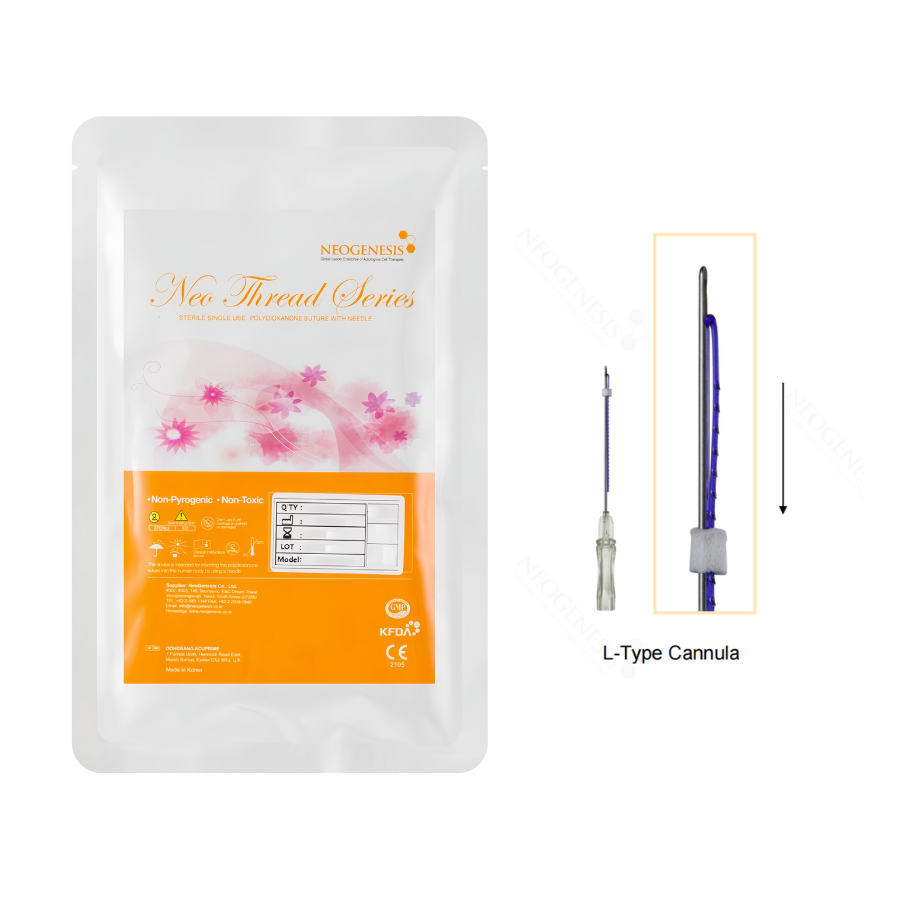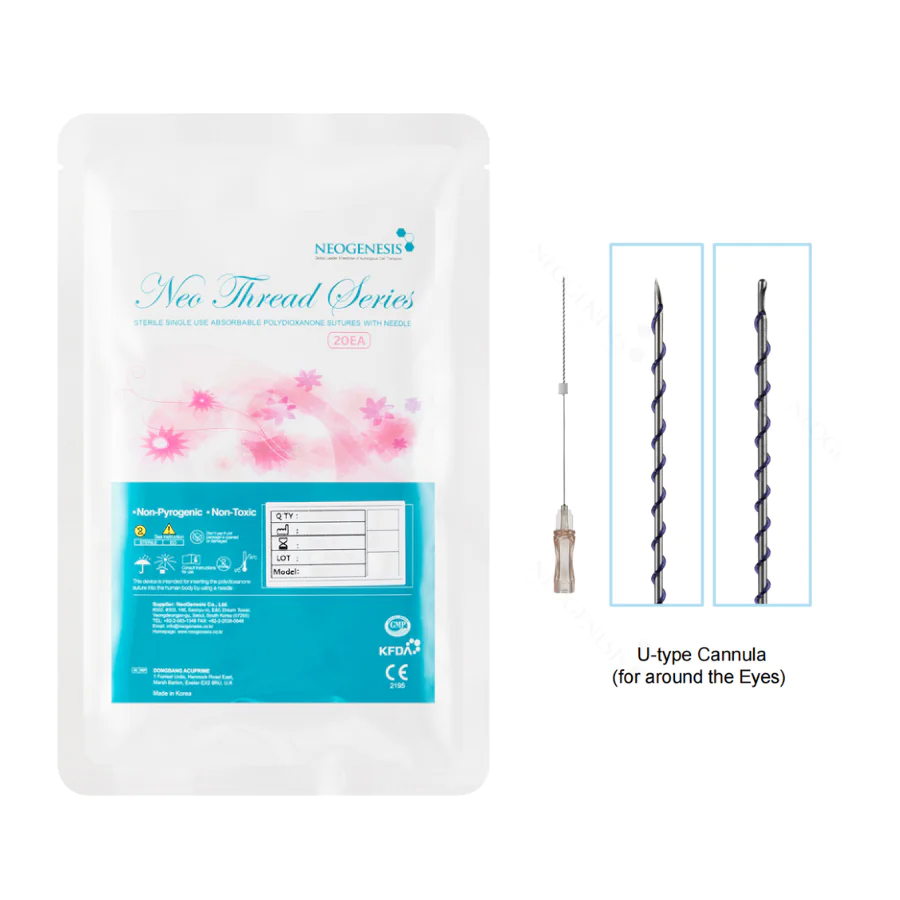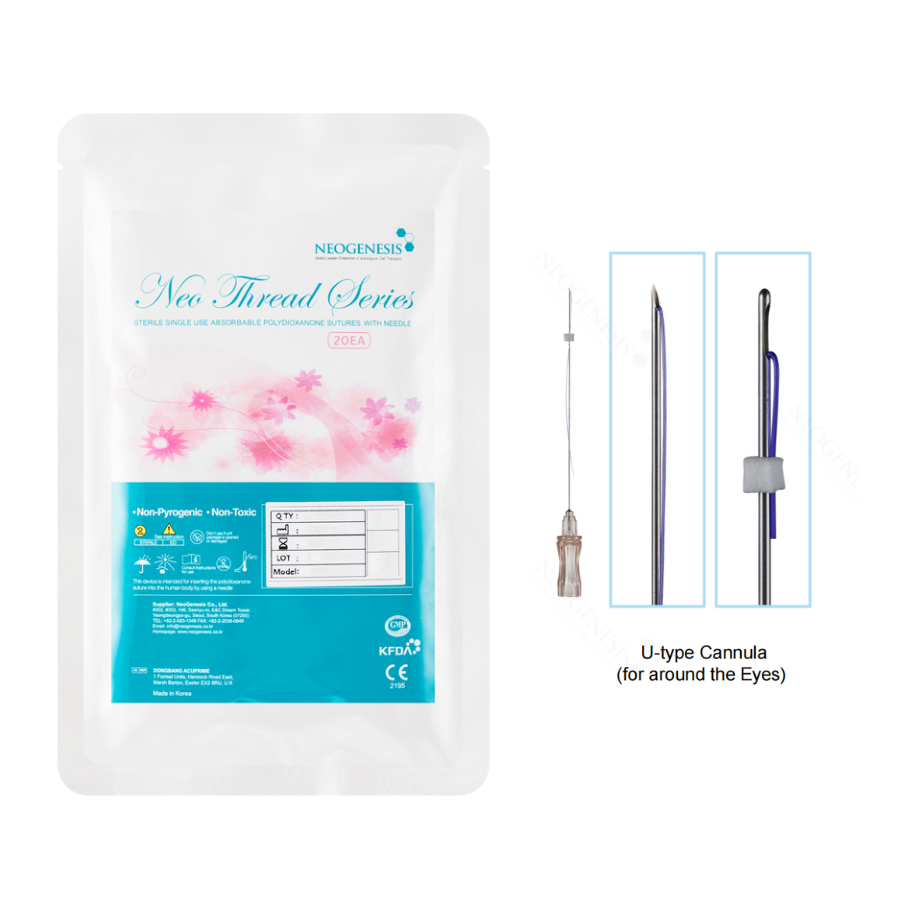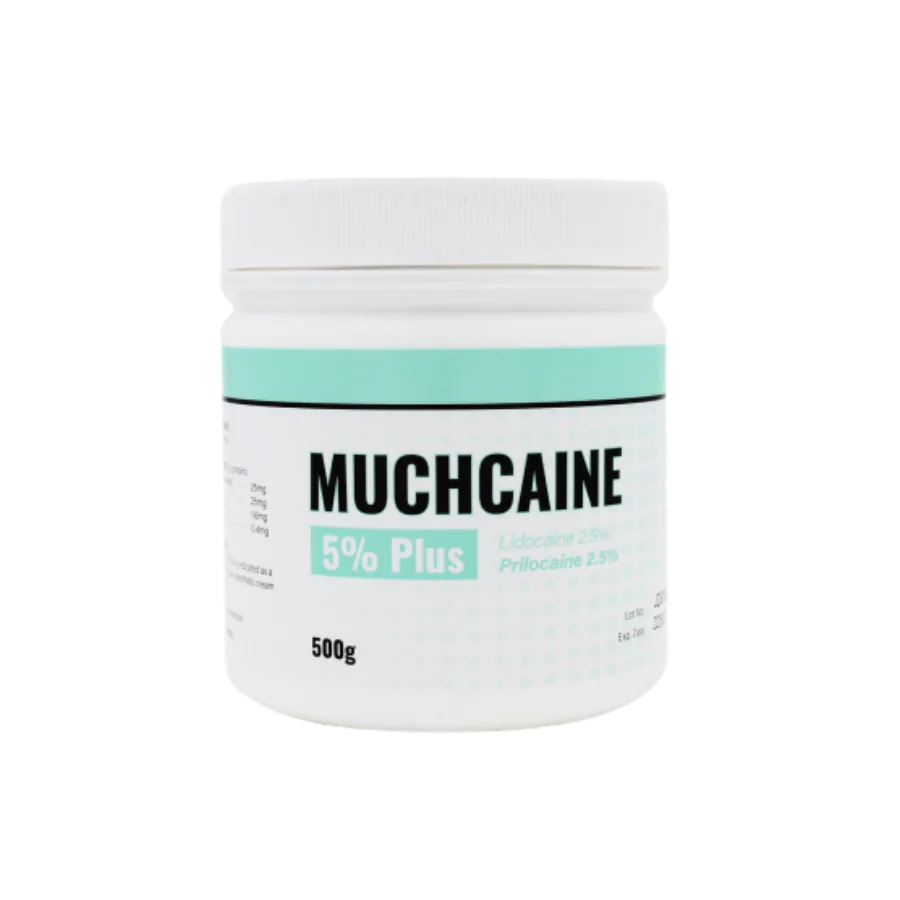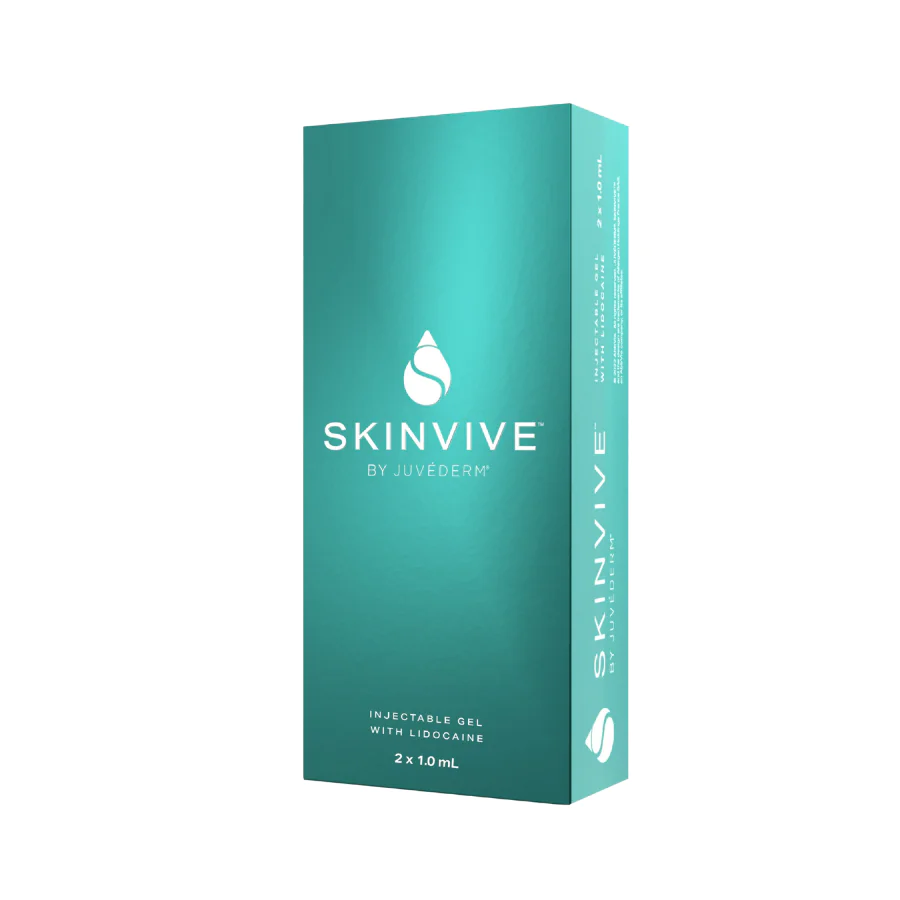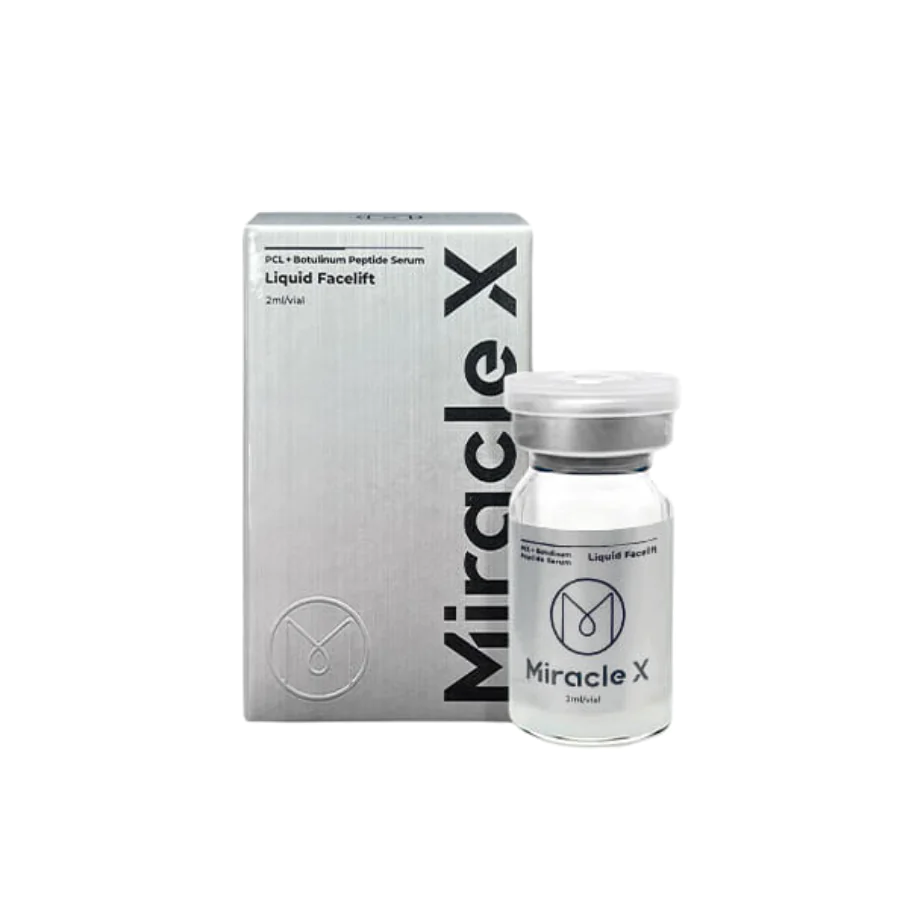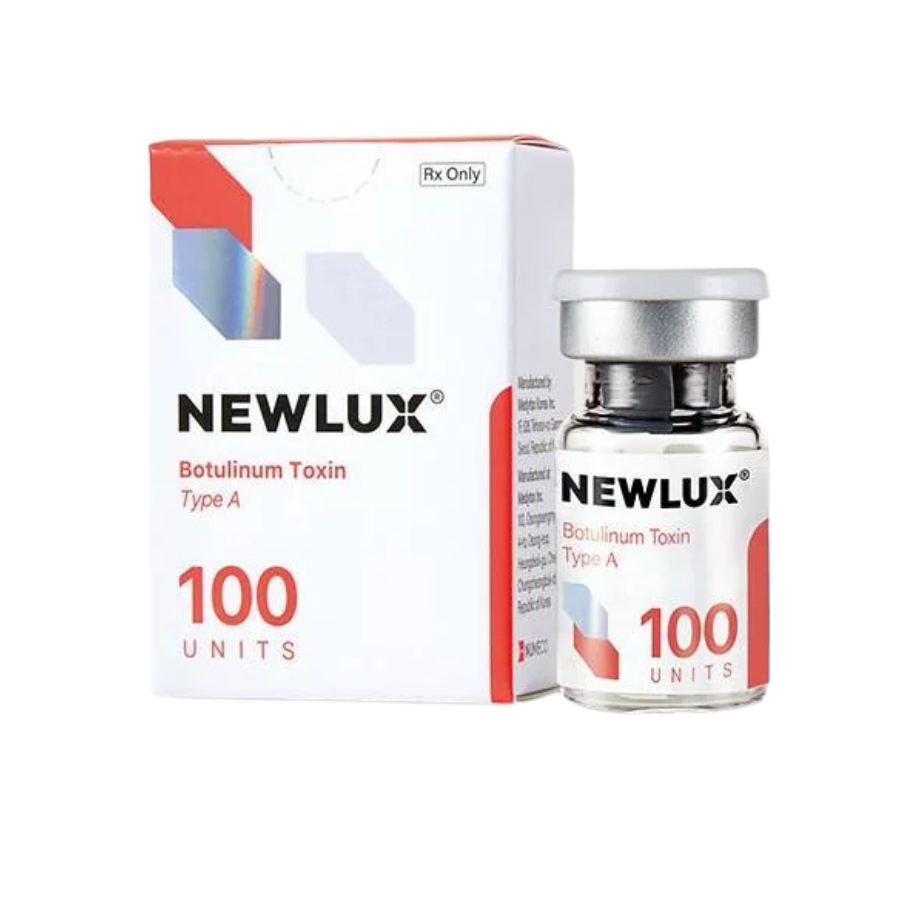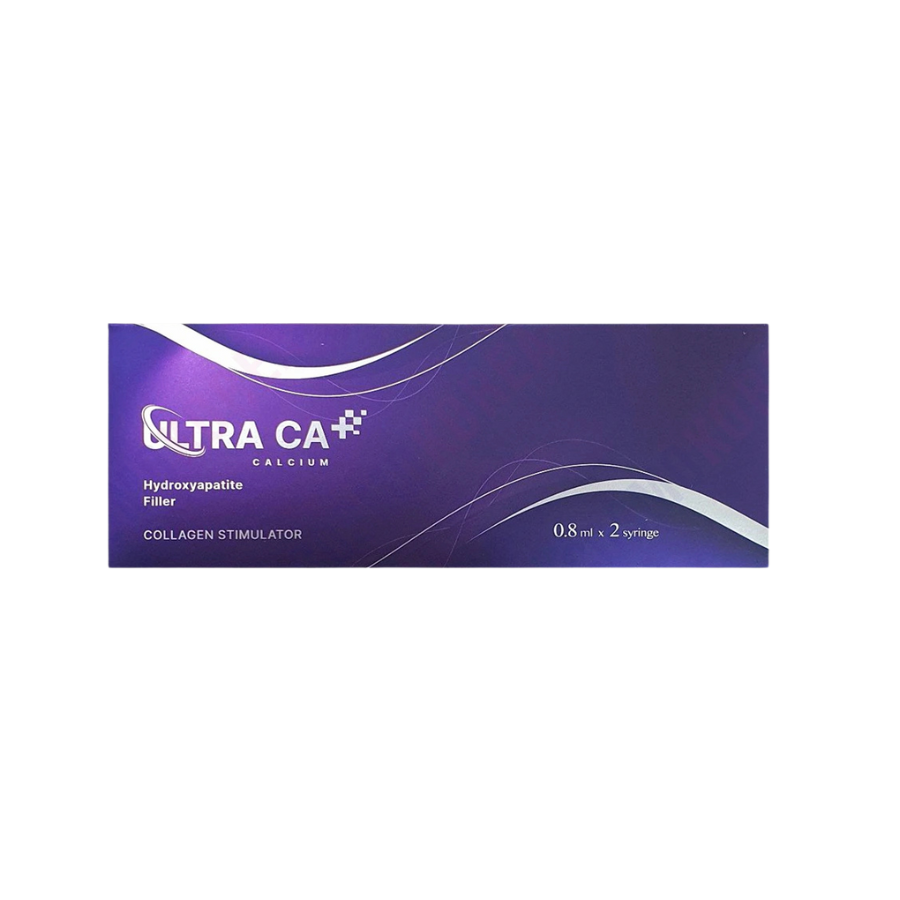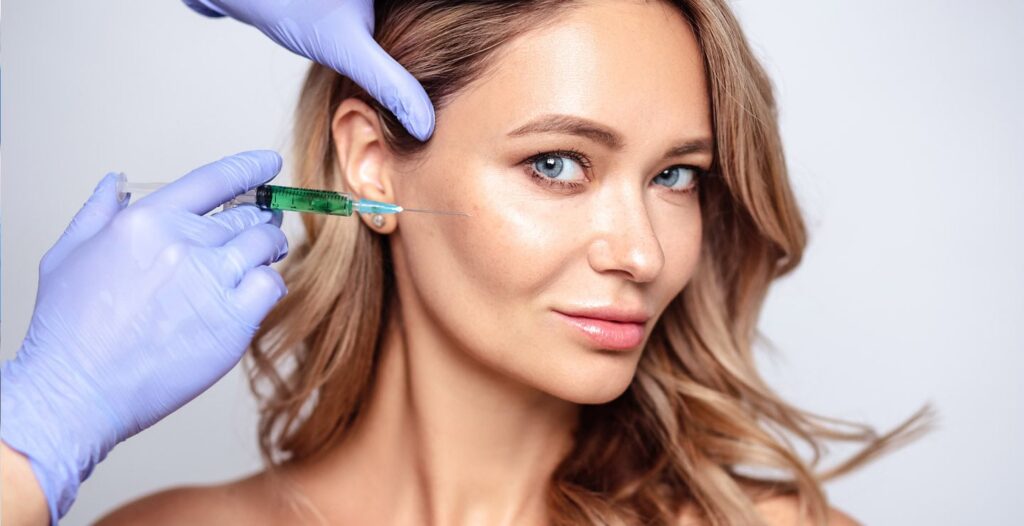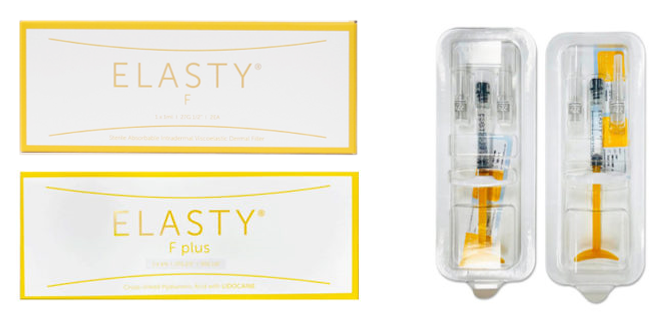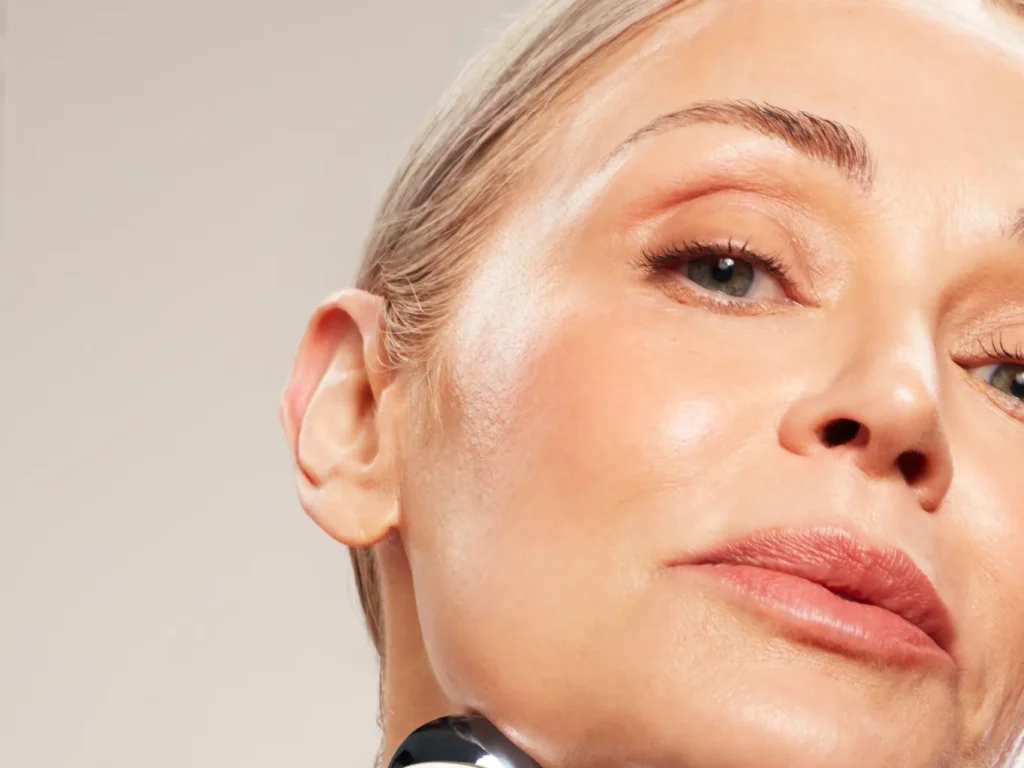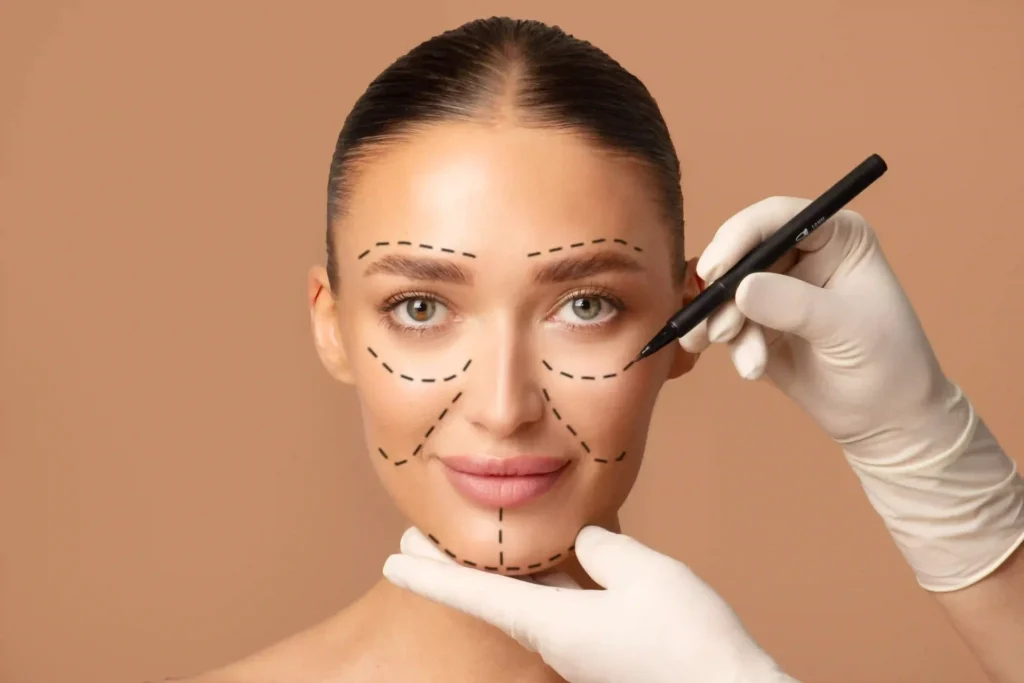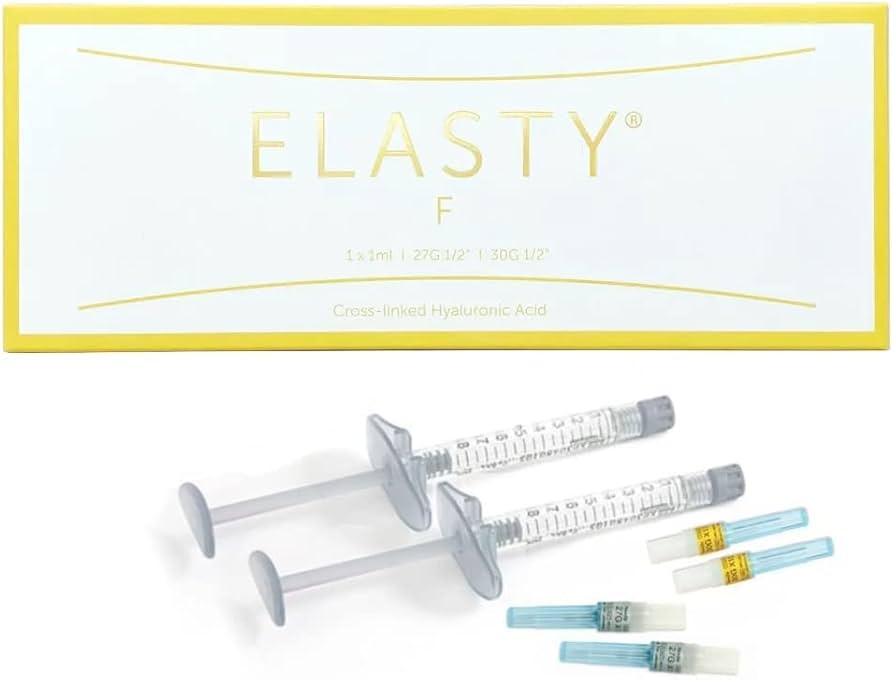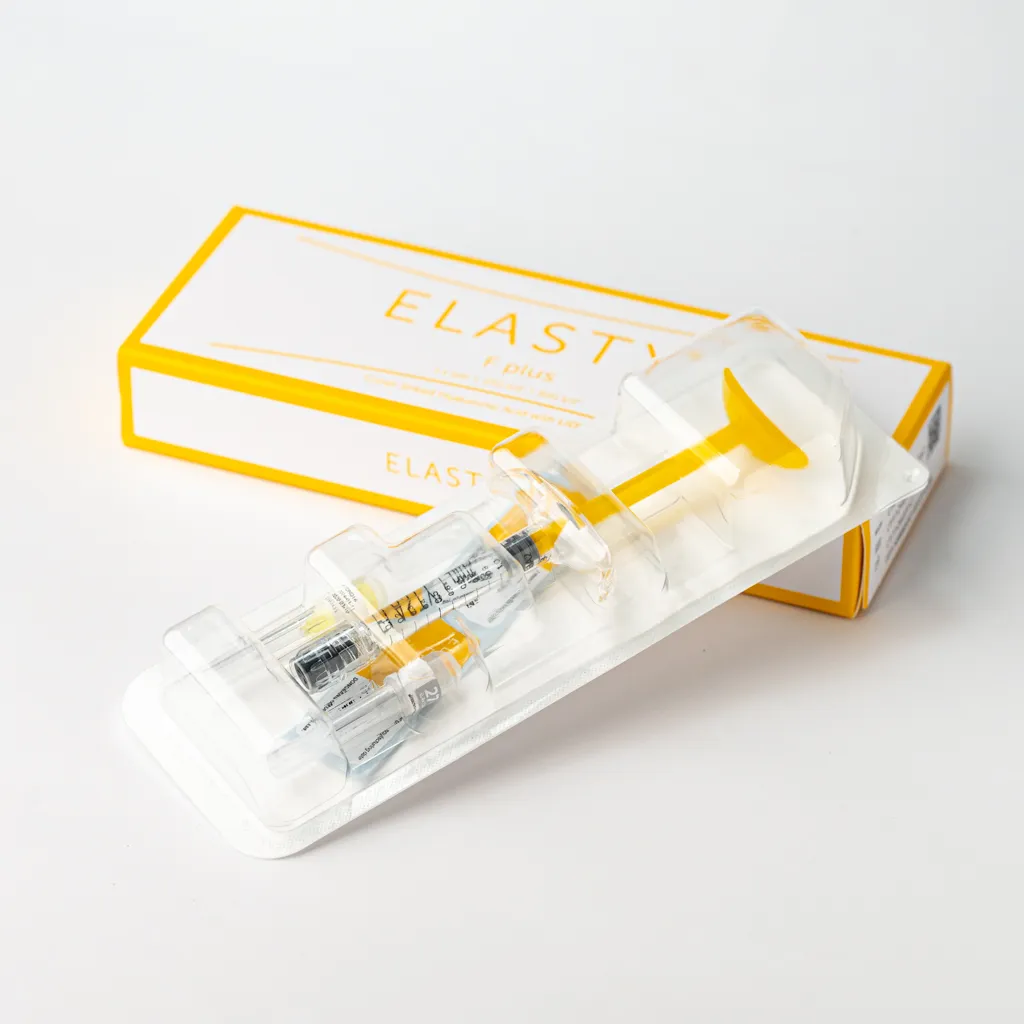Combining Elasty fillers (like Restylane/Juvéderm) with Botox targets aging in 2 ways: Botox relaxes muscles reducing dynamic lines (e.g., frown lines), while Elasty replenishes volume in cheeks/smile lines. Data shows 65% of U.S. clinics report higher demand for combos (ASPS 2023). Technique matters: Inject Botox first to quiet muscles, then add filler to settled areas—this reduces filler migration risk. Patients save ~30% time with single-visit treatments vs. separate appointments.
Table of Contents
ToggleThe Upside
Let’s start with a reality check: combining muscle-relaxing injections like Botox with volume-boosters like Elasty (e.g., Juvéderm, Restylane) isn’t just hype. It’s science. Industry stats reveal that over 65% of U.S. injectors report demand for combo treatments jumped 28% from 2020–2023. Why? Because aging hits skin in layers. Botox tackles muscle-driven movement (crow’s feet, frown lines), while hyaluronic acid fillers like Elasty address sagging volume (cheeks, jawline, smile lines).
Key wins happen when these work together:
Double-Barreled Correction
Picture this: Botox quiets forehead muscles causing wrinkles, while Elasty simultaneously replenishes collagen-depleted cheek pads that drag skin downward. Data from the Aesthetic Surgery Journal shows combo patients achieve 15% smoother nasolabial folds versus fillers alone. Why? Relaxed muscles let fillers work unimpeded.
Real-Life Time Efficiency
Clients saving time isn’t anecdotal—it’s measurable. Booking both treatments in one visit slashes clinic trips. The average patient saves 3–4 appointments annually, translating to ~20 clinic hours saved yearly. That’s lunch breaks reclaimed, not wasted in waiting rooms.
Synergy You Can See
Combined procedures don’t just stack effects—they multiply them. When Botox softens muscle tension around the eyes (dynamic wrinkles), Elasty’s volumizing effect on temples creates a lifted, balanced appearance. Providers note 40% longer-lasting filler results when paired with Botox, as relaxed muscles reduce filler migration.
Effectiveness at a Glance
| Aging Concern | Botox Alone | Elasty Alone | Botox + Elasty Combo |
|---|---|---|---|
| Dynamic lines (crow’s feet) | ✓✓✓✓ | ✘ | ✓✓✓✓ |
| Volume loss (cheeks) | ✘ | ✓✓✓✓ | ✓✓✓✓ |
| Marionette lines | Minimal | ✓✓✓ | ✓✓✓✓✓ (depth reduced 30%+) |
| Frown lines (“11s”) | ✓✓✓✓ | Minimal | ✓✓✓✓✓ (lasting 4+ months) |
| Mid-face lift effect | ✘ | ✓✓✓ | ✓✓✓✓✓ (support synergy) |
The power duo addresses aging like a coordinated renovation—Botox fixes the “foundation” (muscles), Elasty repairs “walls” (structure). While fillers re-pump volume, relaxed muscles keep new contours intact. As one New York injector put it: “Solo treatments play checkers. Combos play chess.” Results simply level up.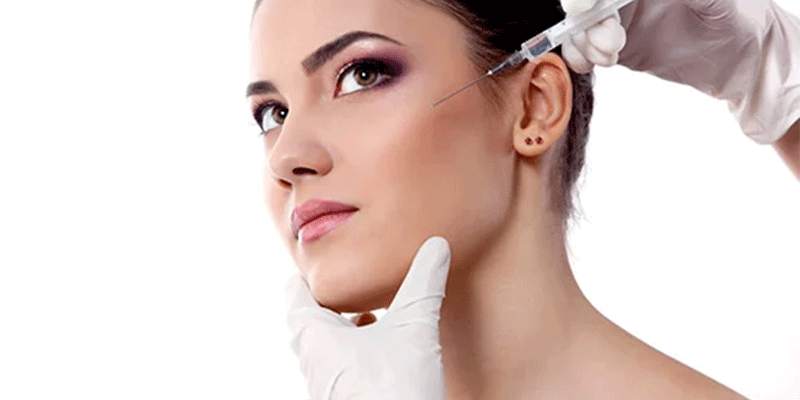
The Considerations
Let’s be real: While combining Elasty fillers and Botox has clear perks, it’s not a universal fix. Industry data reveals ~25% of patients report unexpected side effects (mostly bruising/swelling) when getting both treatments in one session—nearly double the rate of single injections (RealSelf 2023 survey). And here’s what rarely gets mentioned: Some providers intentionally space them 2–4 weeks apart to assess how your face responds to each product. That “convenient single visit”? Not always an option.
Dive deeper into practical realities:
First up: Cost adds up fast. While combining saves time, your total bill spikes. Botox averages 12–15 per unit (forehead: 20–30 units = 300+),andElastyruns 650–950persyringe(cheeksoftenneeding2+syringes).Suddenly,a“quickcombo“hits1,600–2,500upfront.Comparethattostaggeringtreatments—paying300 now for Botox, then $1,500 in 3 months for fillers. Budget-savvy patients might prefer that cash flow.
Next, bruising and downtime multiply. Getting both treatments means 30–35% more injection points. One Miami clinic tracked side effects: 42% of combo patients had visible swelling >48hrs vs. 18% with Botox alone. If you’ve got a wedding Saturday? Big reconsider.
“I tell patients: Pick one treatment per major event. Combo days are for Netflix weekends, not galas.”
—Dr. Nina Thorne, Aesthetic Specialist (Miami)
Don’t overlook treatment sequencing either. Injecting fillers after Botox (once muscles relax) can prevent filler distortion in dynamic zones like mouth corners—but 30% of providers prefer reversing this order for certain areas. If your injector rushes both steps without strategic planning, results suffer. RealSelf data shows 32% of ‘combo correction’ requests traced back to poor sequencing.
Longevity differences create maintenance headaches. Your Botox fades in 3–4 months, but Elasty lasts 8–14 months. Suddenly, you’re booking neurotoxin touch-ups every quarter while fillers sit untouched—a disjointed schedule some find annoying. And crucially: Not everyone needs both yet. Patients with early volume loss may get 90% of results from fillers alone. As Dr. Thorne notes:
“Combos shine for moderate-to-advanced aging. For a 35-year-old? Overkill. Start minimal, add later.”
Bottom Line: The combo’s power comes with trade-offs—higher upfront costs, elevated (though temporary) downtime risks, and intricate timing logistics. It’s far from a ‘no-brainer’. That’s why a detailed consultation mapping your anatomy, budget, and calendar is non-negotiable. Sometimes, doing less is the smarter path.

